- Nexus Medical
- Event Medical
- Introduction of Ten Second Triage (TST)
Introduction
Ten Second Triage: What It Means for Events and Why It Matters
How a new national system is reshaping emergency response on the ground
In 2024, NHS Ambulance Services across the UK began the rollout of a new rapid triage method known as Ten Second Triage (TST). Designed for use in major incidents and mass casualty situations, TST is a significant shift in how patients are prioritised during the initial moments of a crisis.
While developed for frontline NHS use, Ten Second Triage is also highly relevant to event organisers and medical providers, particularly for larger or higher-risk events where rapid decision-making in a critical incident could save lives.
What is Ten Second Triage?
Ten Second Triage (TST) is a fast and simple method to categorise patients within approximately ten seconds, based on their responsiveness and breathing. It replaces older models such as START and NHS CBRN triage and is designed to be used by any trained responder, not just paramedics.
Patients are categorised using a simple Red, Yellow, Green or white system:
- P1 Red: Immediate – life-threatening injuries needing urgent care
- P2 Yellow: Delayed – significant injuries but can wait
- P3 Green: Minimal – walking wounded
- Not Breathing White: Not Breathing or injuries incompatible with life
TST is not about full diagnosis. It is about speed, clarity and consistency in the face of chaos.
Why the Change?
The move towards Ten Second Triage follows years of review into mass casualty response, particularly after terrorist incidents and major public emergencies. Key drivers include:
- Manchester Arena Inquiry, which highlighted delays and inconsistency in early casualty management
- National reviews of previous triage systems, which were seen as too complex for high-pressure environments
- The need for interoperability across emergency services and between NHS and non-NHS responders
TST has been designed with clarity, speed and ease of training in mind. It provides a common language for everyone involved in a response — from medical teams to fire, police and security staff.
What This Means for Event Medical Planning
Whether you are running a music festival, sports fixture or city-centre celebration, you must consider how your medical team will respond to a major incident. Ten Second Triage is becoming the national standard — and event organisers must be ready to adopt it.
Here’s what you need to know:
1. Incorporate TST into Medical Planning
Your Medical Needs Assessment and Medical Plan should now reference Ten Second Triage as the system your provider will use in a major incident.
If your event falls into Tier 3, 4 or 5 (as per Purple Guide definitions), then a major incident response capability must be assumed — and TST should be part of that.
2. Ensure Provider Competency
Event medical providers should be trained in TST and understand how to apply it during crowd incidents, trauma scenarios or where multiple casualties are expected.
Ask your provider:
- Are staff trained in Ten Second Triage?
- Is TST included in your major incident SOPs?
- Can you demonstrate how you would use it in a real-world scenario?
3. Brief Key Staff and Stewards
While only medical personnel should carry out clinical triage, awareness among security and stewarding teams is valuable. These teams are often the first to witness a mass casualty situation and can help maintain order and support emergency access.
4. Align With Local NHS Services
Your local NHS Ambulance Service will now expect to use TST in major incidents. Your event medical plan should be interoperable with theirs — using the same language, colours and structure.
Engaging with the Safety Advisory Group (SAG) or NHS Liaison Officer early in the planning process can ensure that your plans align.
Ready to cover your event?
Get started by completing the short online form using the link below. This will give us everything we need to risk assess and quote your event. Feel free to give us a call to discuss your requirements.
Why This Matters: Time Saves Lives
In a mass casualty incident, the first few minutes are crucial. Ten Second Triage allows responders to:
- Quickly identify who needs life-saving interventions
- Prevent overwhelming resources by managing flow and priority
- Establish early command and structure in what is often a chaotic scene
In many major events, onsite medical teams will be the first line of response before NHS services arrive. Being able to perform rapid, nationally recognised triage is now a minimum standard, not a bonus.
Final Thoughts: Prepare for the Unthinkable
Nobody wants to imagine a mass casualty incident at their event. But being unprepared is no longer acceptable. Ten Second Triage gives us a tool that is simple, fast and effective — and it is now the national standard for frontline triage in the UK.
If you are responsible for event safety or medical planning, now is the time to:
- Review your major incident response
- Update medical contracts and specifications
- Confirm provider training and readiness
- Embed TST into drills, SOPs and table-top exercises
Sources
https://www.england.nhs.uk/long-read/ten-second-triage-tool/
https://www.england.nhs.uk/long-read/major-incident-triage-tools/
https://www.policelife.co.uk/story/2024/01/16/ten-second-triage-ndash-new
https://assets.publishing.service.gov.uk/media/6363d113e90e0705a7012946/_HC_757-II__-_Manchester_Arena_Inquiry_Report___Volume_2__Volume_2-II_.pdf
https://www.jesip.org.uk/uploads/media/Documents%20Products/Kerslake_Report_Manchester_Are.pdf
